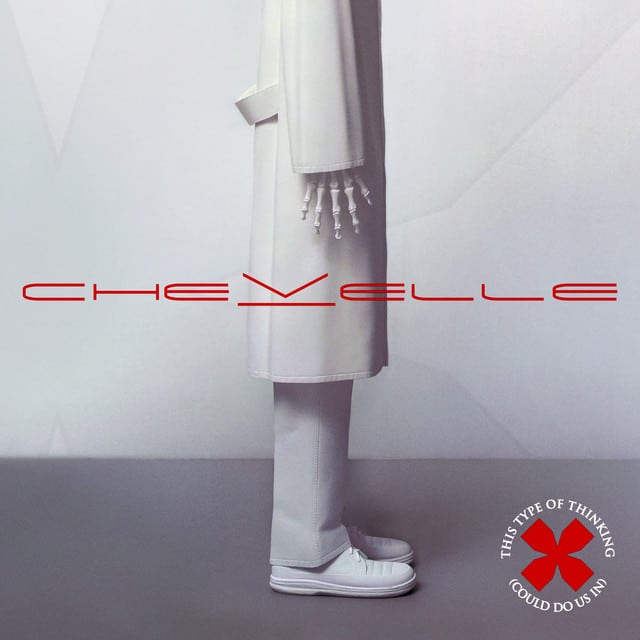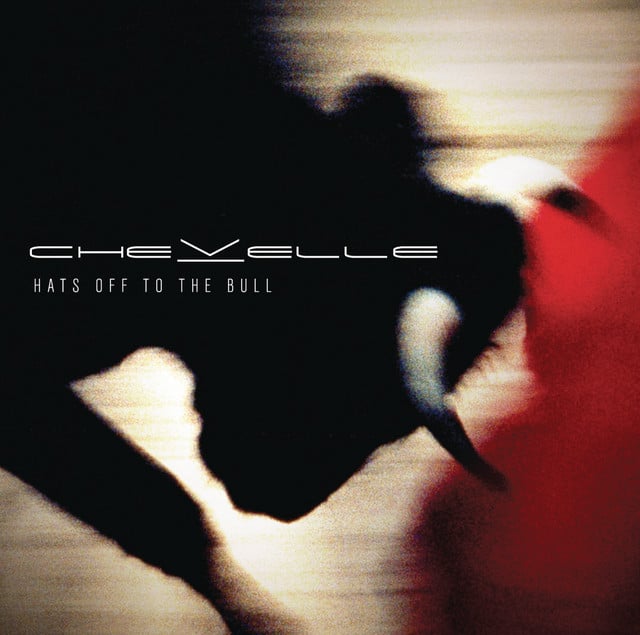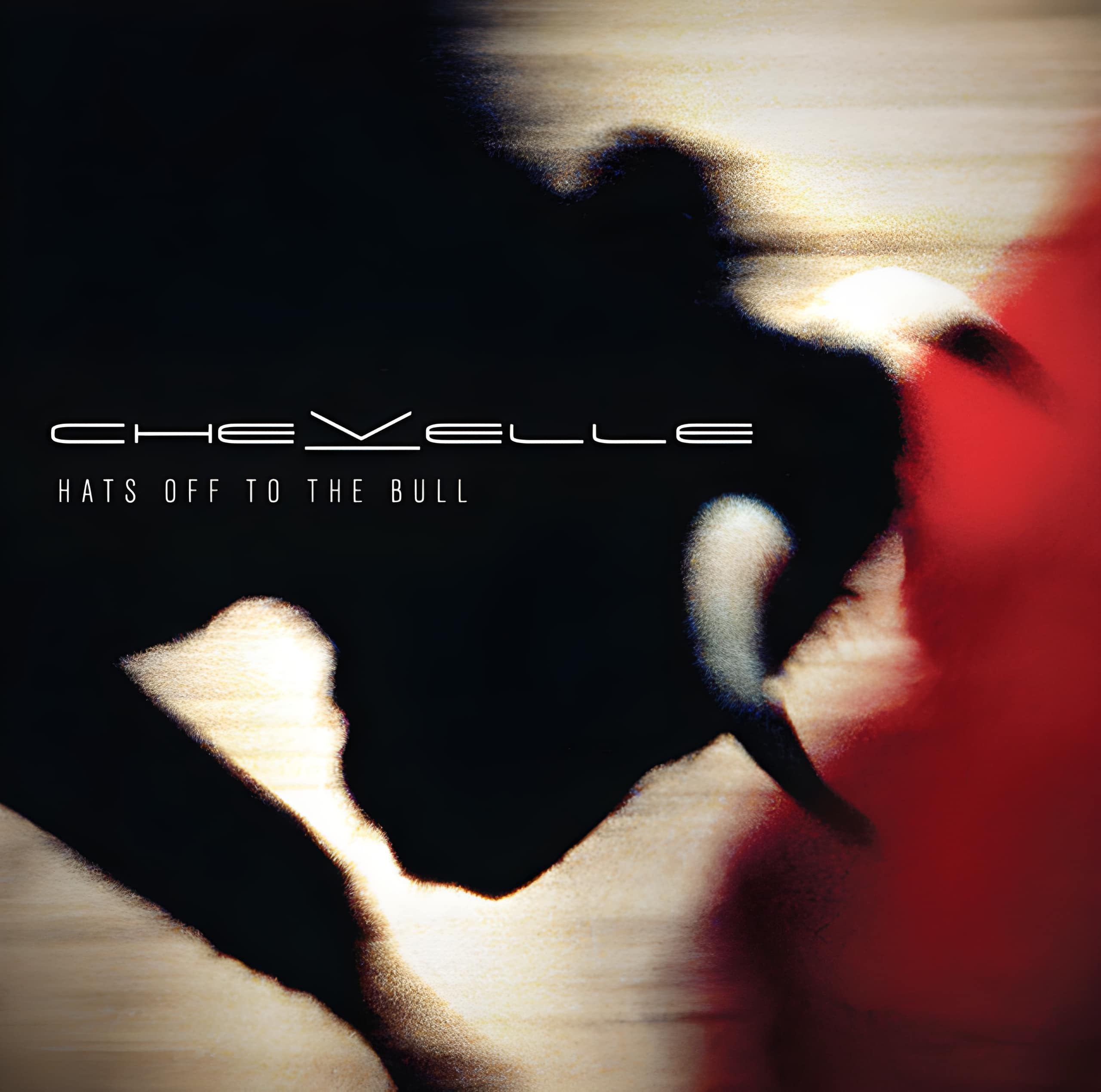Released: 2002
“Send the Pain Below” by Chevelle, isn’t just a heavy-hitting track that pounds its way through your speakers; it’s a deep dive into the soul of someone wrestling with internal torment and relational strife. At its core, this song grapples with themes of pain management, emotional suppression, and the cyclical nature of hurt within relationships. Chevelle crafts a dark, atmospheric narrative that echoes the struggle many of us face in dealing with our deeper, often darker emotions—choosing to “send the pain below” as a means of survival.
Right from the opening line, “I liked having hurt,” we’re plunged headfirst into the complex psyche of the narrator. This isn’t your garden-variety masochism. No, this is about the paradoxical comfort found in familiar pain, a theme that resonates throughout the track. The phrase “send the pain below where I need it” speaks volumes about human nature—our tendency to bury our most intense feelings deep within us, away from the surface where we would have to confront them head-on. This idea of emotional self-preservation by relegating pain to a place “below” hints at the depths we go to avoid healing.
The song draws heavily on imagery of suffocation to describe the feeling of being overwhelmed by these buried emotions. The repeated line “Much like suffocating” not only underscores the intensity of the experience but also the desperation and helplessness that comes with trying to keep one’s head above water in a sea of repressed pain. The act of sending the pain below, therefore, becomes a double-edged sword—both a means of protection and a source of anguish.
There’s a stark admission of vulnerability in the lines “You used to run me away all while laughing / Then cry about the fact ’til I returned,” painting a picture of a toxic cycle of emotional manipulation and dependency. This sets the stage for the narrator’s realization of their own complicity in this dance of pain—a poignant moment that many listeners can find relatable on a personal level. The repeated decision to “send the pain below” is both an act of defiance and an admission of defeat, highlighting the complex interplay between power and vulnerability in interpersonal relationships.
The bridge, “I can’t feel my chest / Need more, drop down,” serves as a climactic point of introspection and perhaps, catharsis. It’s a moment of raw honesty, where the physical manifestations of emotional turmoil become too overpowering to ignore any longer. It’s as if all the pain that’s been pushed down, compartmentalized, and suffocated, demands to be felt, seen, and acknowledged.
By the song’s end, when the lines “I liked having hurt / So send the pain below” are repeated, we’re not just hearing the same words; we’re understanding them differently. It’s clear now that this isn’t about liking pain in a literal sense, but rather about a complex relationship with suffering that feels almost impossible to untangle. “Send the Pain Below” challenges us to confront our own depths, to question the ways we deal with our pain, and to perhaps, find a sliver of solace in knowing we’re not alone in this struggle.
In essence, Chevelle’s “Send the Pain Below” is a powerful exploration of the human condition, wrapped in a gritty rock package. It speaks to the heart of what it means to hurt and to hide that hurt away, hoping against hope that we can somehow outrun it. Yet, in its raw vulnerability, it also offers a grim sort of comfort—a reminder that even in our darkest moments, there’s a shared experience, a universal battle with the pain we send below.








